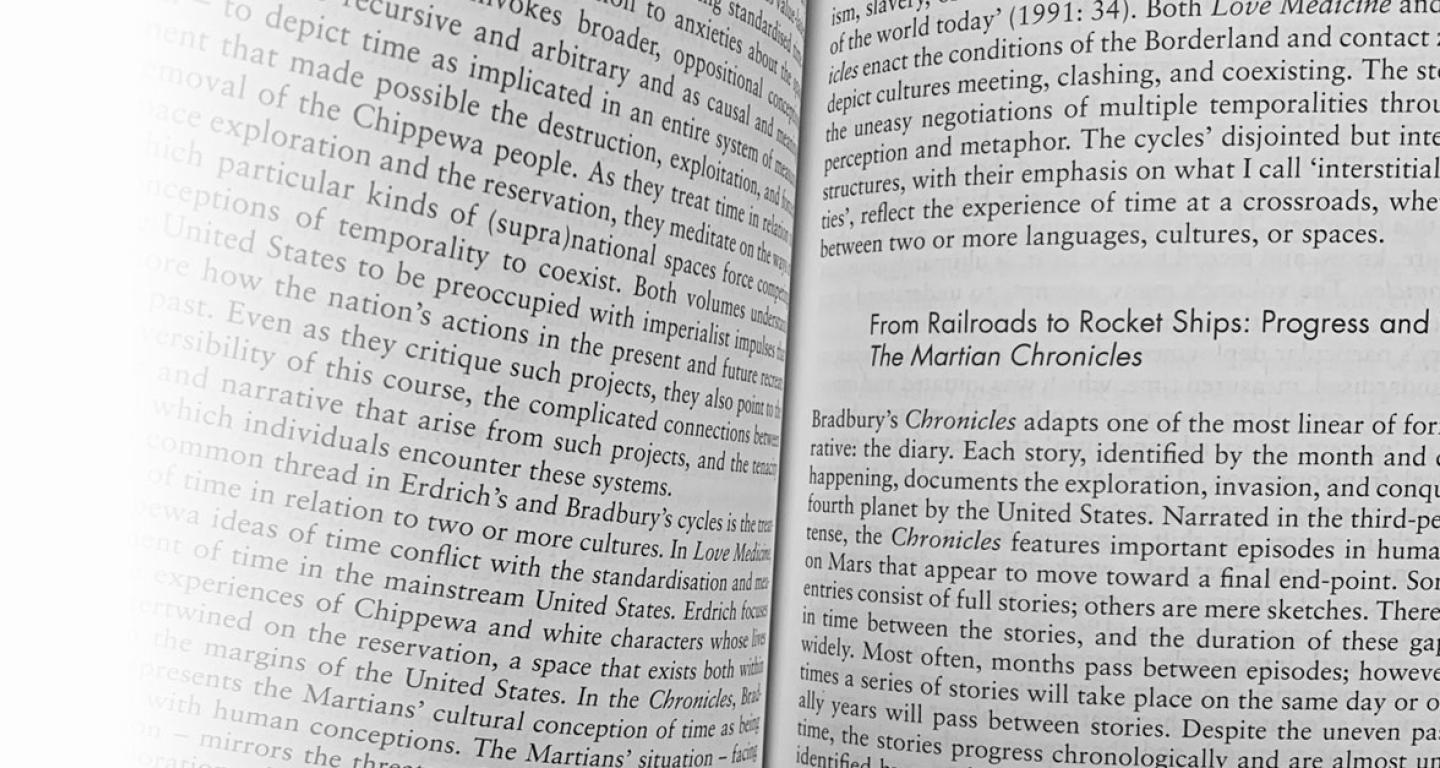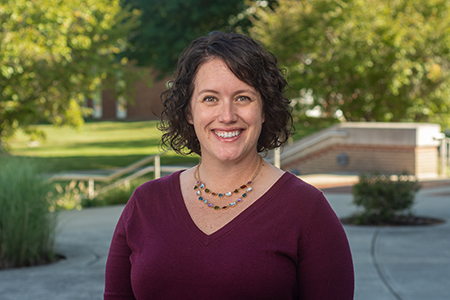
How to Write and Publish a Book
May 26, 2021
Many of us spent our childhoods reading books past bedtime, writing stories when we should have been doing math, wandering the aisles of the public library, or acting out our own plays with kids from the neighborhood. This early interest in storytelling sparked a lifelong love of expression and narrative that shaped what classes we chose in school, our majors in college, and our professional journeys. And still, that desire to write something—of fiction, poetry, drama, or non-fiction—that will reach a larger audience persists. Even as we balance work, family, and friends, many of us long to write a children’s book, a fantasy novel, or memoir, but we don’t know where to start. We ask: how do I actually write a book?
When I was in graduate school, my mother gave a clipping from one of those calendars that gives an inspirational quote for each day. It read, “be proud of anyone who has written a book—published or not.” I don’t think my mom was trying to tell me that my book would never be published; instead, I suspect she was trying to tell me that what I was doing was really hard. When she gave me that, I was about halfway through writing the first draft of what would become my first book.
When I began graduate school, my mentor had a new book coming out, and he showed me an advanced copy one day when I visited office hours. I sat in his office in awe of the physical book and all the work it held. It was, at the time, his third book. When I asked how long it took to complete, he shared that it took nine years from start to finish. I could not believe it. How could anyone work on one project for so long? But, over the years, he taught me how a project really can take that long (not all do, however—Zora Neale Hurston famously wrote "Their Eyes Were Watching God" in just seven weeks).
From the inception of the idea, through the research stage, to the drafting and revision process, writing a book takes time and effort. I don’t know how many drafts of my book I wrote in the end. I know that, about a year into writing, I threw out an 8,000 word draft of my first chapter, and the book was better for it. The final version clocked in at just over 75,000 words and took eleven years from inception to publication. Of course, I did other things in those eleven years: taught classes, had jobs, wrote other pieces, ate, had a family, slept, binged just over 10,000 hours of Netflix. Isn’t 10,000 hours how long it takes to become an expert in something, according to Malcolm Gladwell? I am certainly an expert in Netflix. In fact, when my book appeared, the publisher wanted me write a blog post to promote it, which I did by drawing on my love of television.
The Publishing Process
Writing a book is just the beginning. Once you have a draft (mostly) in hand, you also need to write a book proposal, including an analysis of the market and audience, to catch the eye of an acquisitions editor. You need to know which excerpt from your book will best represent it to editors. You need to know which presses are a good fit for your book and how to pitch them. You need to know how much and where you can publish in journals and magazines to elicit the interest of a press, while being careful to not publish too much from the manuscript such that the book is not offering something new. Once a book is accepted, writers also draft marketing materials, recommend or ask other writers to blurb the book, and do public readings. Writers advise which magazines and journals should review their book, and they recommend prizes to which it should be submitted. My mentor helped me learn to do all of these things; he had the kind of expertise that published writers gain from decades in the field, and he shared that knowledge so that I too could write and publish my book. Along the way, I learned to write for popular presses, scholarly journals, and my job.
Job Skills
My undergraduate majors in English and German gave me a depth of reading and the opportunity to learn and practice my writing skills. However, it was graduate school that taught me how to be a professional writer—in the workplace and in pursuit of my writerly ambitions. I learned to write creative narrative and from life experiences to position myself and my work. Outside of academia, I have worked as a technical writer and a communications consultant. In my current role as chair of the English department, I draw on skills in grant writing, social media management, editing, and marketing. I am a professor of literature, and I employ creative writing exercises in my teaching to make my classes more dynamic and give students the chance to show their learning beyond the conventional academic essay.
Whatever path one takes, the ability to tell a story well and to communicate effectively positions people for advancement and growth.
MA vs. MFA
Graduates with a master of arts (MA) degree gain the training in proposal writing, revision and editing, and publishing that they need to get their work out in the world. Students in an MA get to design the thesis that reflects their interests, and they do so under close faculty supervision. They most often finish their programs with a draft of a major project by completing a thesis, which is a major original creative work, a portfolio of professional writing, or a teaching portfolio. They present their work to readers in a public presentation.
An MA is typically a two-year degree with a diverse range of coursework, while a master of fine arts (MFA) degree is typically a three-year degree often focused on a single genre (poetry, fiction, or drama). The MFA culminates in a creative thesis. The benefits of any graduate program in writing is that you will become part of a like-minded group of writers who share a passion for communication and storytelling.
A Community of Writers
Good writers seek the feedback of other writers, and a graduate program creates the structure and space to do that through a workshopping model. Students regularly read and substantially comment on each other’s works in progress. They encourage each other and share resources and connections. Professors generate creative writing prompts and assignments that give students the simultaneous structure and freedom to pursue their interests. Students get feedback from established writers on their work and learn the intricacies of the professional writer’s life. Professors and students build community through workshopping and celebrate each other’s victories and commiserate each other’s rejections (learning that rejection is part of any writer’s life).
It’s been ten years since I finished graduate school, and I still share my good news with my faculty mentors, and I share my works-in-progress with the friends and colleagues I made in graduate school. Those years spent with like-minded writers and scholars proved formative and sustaining. Most of all, a graduate degree made me realize the truth of the clipping my mom gave me: writing a book is an act of curiosity and work, and publishing a book is an act of community and learning.
If you are interested in writing a book and learning more about the life of a professional or creative writer, and already have a bachelor’s degree, check out the MA in professional and creative writing program at North Central College.
Jennifer Smith is associate professor and chair of the English department at North Central College, outside of Chicago. She has a Ph.D. in English and teaches first-year writing, American literature, and gender studies. She is the author of "The American Short Story Cycle," and her essays have appeared in Pedagogy, Meridians, and Triquarterly. Her heroes are Leslie Knope from "Parks and Recreation" and Coach Taylor from "Friday Night Lights," because they are good at their jobs by lifting others up.


